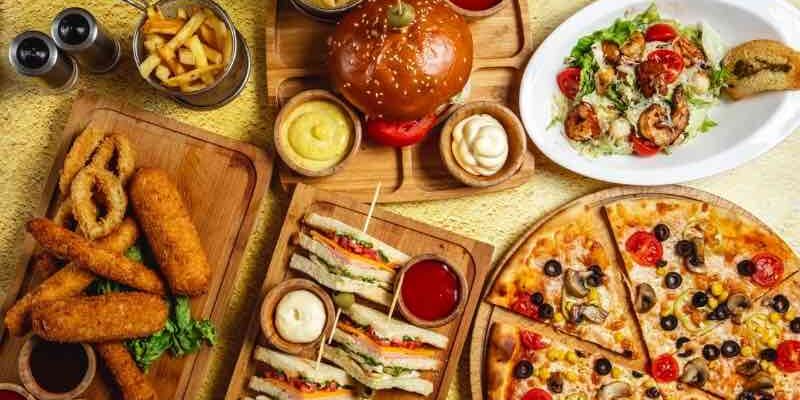What Guests Lose in the Ghost Kitchen Experience

The rise of “ghost kitchens” has been accelerated by the COVID-19 pandemic. Ghost kitchens are a simplified business model where restaurants only prepare food for delivery or takeout and don’t have a physical location or waitstaff. This model is attractive to restaurant owners because it has lower operating costs. However, there are also drawbacks for customers.
- The loss of the communal experience: Eating at a restaurant is a social activity, and ghost kitchens often lead to more solo meals.
- The loss of physical menus: Digital menus are convenient but don’t have the same thrill of discovery as physical menus.
- The loss of a reason to go outside: Dining out gives people an excuse to leave their homes and experience the world around them.
- The loss of the expertise of waitstaff: Waitstaff can provide recommendations and add a dimension to the meal experience that can’t be found in a ghost kitchen.
- The loss of the experience of being waited on: Waitstaff can make the dining experience more enjoyable, and ghost kitchens don’t have that personal touch.
- The loss of the ambiance of a physical location: Ghost kitchens don’t have the atmosphere and decor of a physical restaurant.
- The loss of the opportunity to try new things: Ghost kitchens often have limited menus, and customers miss out on trying new dishes.
Ghost kitchens have advantages for restaurant owners and drawbacks for customers. The communal experience, physical menus, the reason to go outside, the expertise of waitstaff, the experience of being waited on, the ambiance of a physical location, and the opportunity to try new things are all things customers lose with the rise of Ghost Kitchens.
The original article is “What Guests Lose in the Ghost Kitchen Experience.”